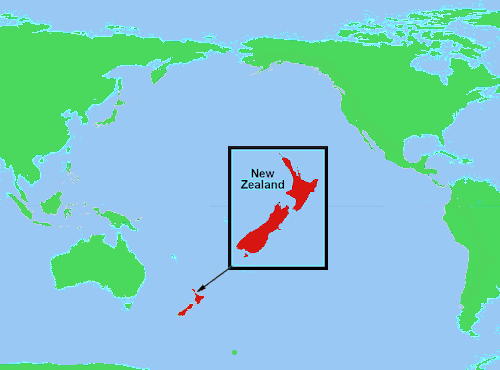
Circle the area on this map

C. Chile stretches 2,670 miles along the Pacific coast of South America. Argentina is on the Atlantic coast, while Bolivia and Paraguay are South America’s two landlocked countries.
B. An archipelago - sometimes called an island group or island chain - is a chain, cluster, or collection of islands.
C. The New Zealand islands were the last large habitable land to be settled by humans. Between about 1280 and 1350, Polynesians began settle in the islands and developed the distinctive Maori culture. The British began moving in around 1840, made the islands a colony, and started confiscating Maori land. New Zealand gained independence in 1947.
A. Polynesians reached the Hawaiian Islands between 940 and 1250. The Polynesians, Melanesians, Micronesians, and many people of Southeast Asia are all part of a larger group known as Austronesian-speaking peoples. They originated from a prehistoric seaborne migration from Taiwan about 3000 to 1500 BC. Some Austronesians migrated as far as Madagascar, an island on the east coast of Africa.